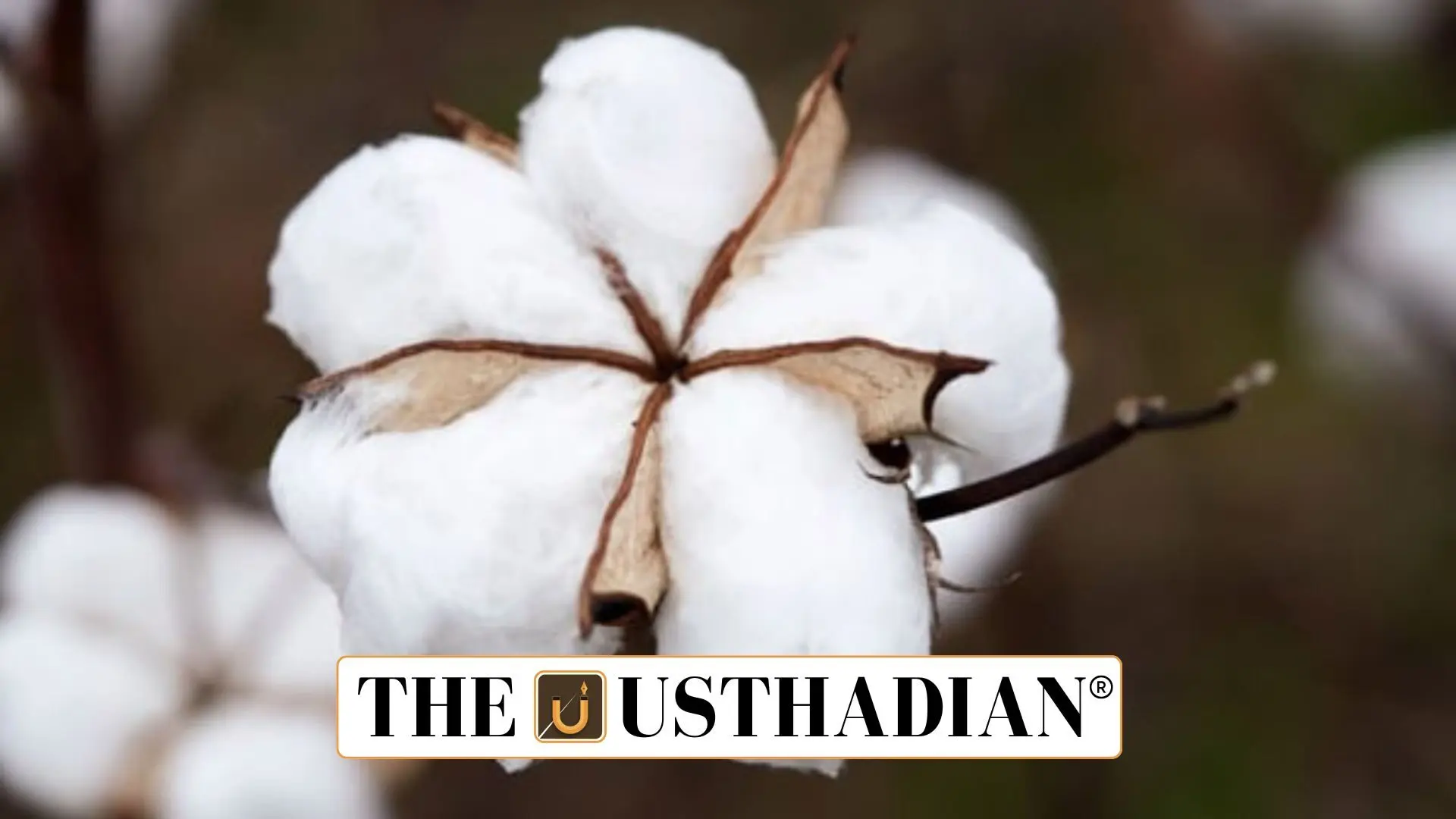Punjab’s Cotton Woes: From Boom to Bust
North India’s Cotton Crisis and the Bollgard-3 Debate: Once a thriving belt for cotton cultivation, Punjab’s cotton area has plummeted to just 1 lakh hectares in 2024, down from 8 lakh hectares in the 1990s. The main reason? Pest attacks. Older genetically modified cotton variants like Bollgard-1 and Bollgard-2 can no longer resist whiteflies and pink bollworms, leaving crops vulnerable and farmers helpless. The result is lower yield, rising costs, and shrinking profits across the cotton belt.
The Bollgard-3 Promise: Will Biotech Save the Crop?
Farmers and experts are now pushing for Bollgard-3, a new genetically modified cotton strain developed by Monsanto. Unlike earlier versions, it includes three Bt proteins—Cry1Ac, Cry2Ab, and Vip3A—which target lepidopteran pests by affecting their digestive systems. Farmers believe that Bollgard-3 could help control pink bollworms, restore yield levels, and reduce their dependence on chemical pesticides. But the lack of regulatory approval has kept this option out of reach.
Ginning Industry in Crisis
The cotton crisis hasn’t just hurt farmers—it’s also crippled Punjab’s ginning industry. In 2004, there were 422 ginning units, but by 2024, only 22 remain operational. Without enough raw cotton to process, many of these units shut down, resulting in job losses and economic instability. The fall of the ginning sector reflects the broader economic impact of ignoring crop technology advancements.
Regulatory Delays and Farmer Frustration
While Bollgard-3 awaits government approval, another variety—Bollgard-2 Roundup Ready Flex (BG-2RRF)—is stuck in regulatory limbo despite successful field trials in 2012–13. This version is also herbicide-tolerant, offering better weed control. However, delays in regulatory clearance are blocking access to updated biotech, worsening farmers’ losses as pest infestations rise.
Global Lessons: India vs Brazil
India’s cotton productivity tells a tale of missed opportunities. While Brazil achieves 2,400 kg per hectare using advanced versions like Bollgard-5, India’s average yield is just 450 kg per hectare. In economic terms, Brazilian cotton farmers earn an 85% profit margin, compared to India’s 15%. These global comparisons expose how outdated policies are holding back Indian farmers from competing on the world stage.
STATIC GK SNAPSHOT FOR COMPETITIVE EXAMS
North India’s Cotton Crisis and the Bollgard-3 Debate:
| Topic | Detail |
| Current Cotton Area in Punjab | 1 lakh hectares (2024) |
| Bollgard-3 Developer | Monsanto |
| Bt Proteins in Bollgard-3 | Cry1Ac, Cry2Ab, Vip3A |
| Ginning Units in Punjab (2004 vs 2024) | 422 → 22 |
| Pest Threats | Whiteflies, Pink Bollworms |
| Global Benchmark – Brazil Yield | 2,400 kg/hectare |
| India’s Avg Cotton Yield | 450 kg/hectare |
| Pending GM Cotton Approval | Bollgard-2 Roundup Ready Flex (BG-2RRF) |
| Govt Trial Year (BG-2RRF) | 2012–13 |
| India’s GM Cotton Intro (Bollgard-1) | 2002 |








